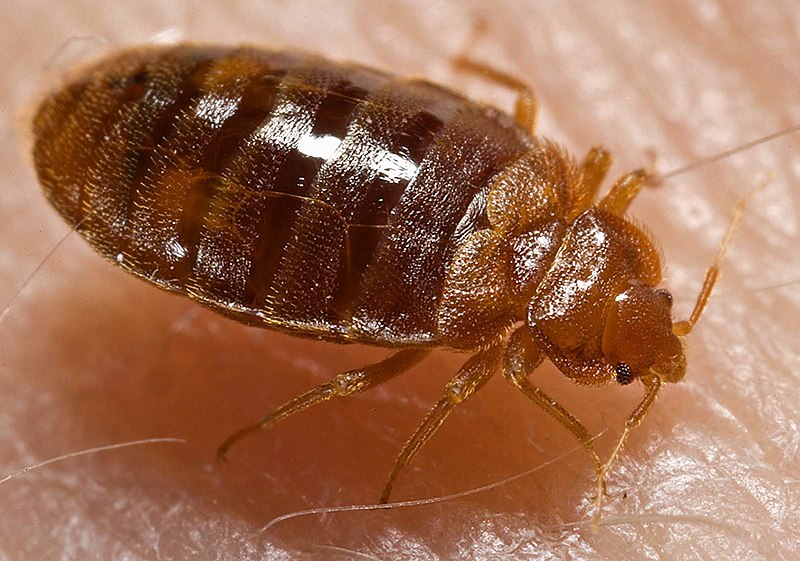Soubor:Bed bug, Cimex lectularius.jpg

Velikost tohoto náhledu: 800 × 561 pixelů. Jiná rozlišení: 320 × 224 pixelů | 640 × 449 pixelů | 1 024 × 718 pixelů | 1 280 × 898 pixelů | 1 600 × 1 122 pixelů.
Původní soubor (1 600 × 1 122 pixelů, velikost souboru: 161 KB, MIME typ: image/jpeg)
Historie souboru
Kliknutím na datum a čas se zobrazí tehdejší verze souboru.
| Datum a čas | Náhled | Rozměry | Uživatel | Komentář | |
|---|---|---|---|---|---|
| současná | 17. 5. 2007, 16:11 |  | 1 600 × 1 122 (161 KB) | Patho | == Summary == {{Information |Description=ID#: 9822 Description: This 2006 photograph depicted an oblique-dorsal view of a '''bed bug nymph, Cimex lectularius''', as it was in the process of ingesting a blood meal from the arm of a “voluntary” human h |
Využití souboru
Tento soubor používá následující stránka:
Globální využití souboru
Tento soubor využívají následující wiki:
- Využití na af.wikipedia.org
- Využití na an.wikipedia.org
- Využití na ar.wikipedia.org
- Využití na arz.wikipedia.org
- Využití na ast.wikipedia.org
- Využití na azb.wikipedia.org
- Využití na be.wikipedia.org
- Využití na bg.wikipedia.org
- Využití na bjn.wikipedia.org
- Využití na bn.wikipedia.org
- Využití na bs.wikipedia.org
- Využití na ca.wikipedia.org
- Využití na ca.wiktionary.org
- Využití na ceb.wikipedia.org
- Využití na cv.wikipedia.org
- Využití na dag.wikipedia.org
- Využití na de.wikibooks.org
- Využití na din.wikipedia.org
- Využití na el.wikipedia.org
- Využití na eml.wikipedia.org
- Využití na en.wikipedia.org
- Využití na en.wikinews.org
- Využití na en.wiktionary.org
Zobrazit další globální využití tohoto souboru.

